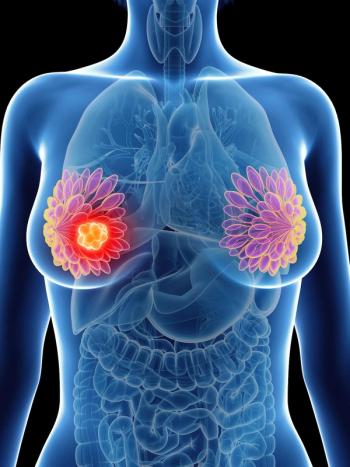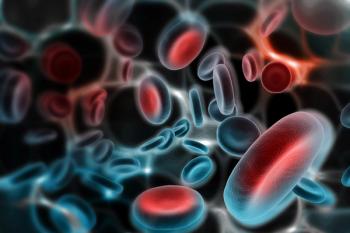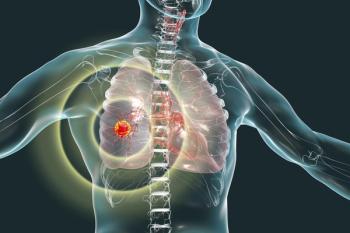
Relief From Painful Bone Mets Possible at Day 10 of Radiotherapy
Men with painful bone metastases from prostate cancer may be able to achieve clinically meaningful improvements in pain and quality of life as early as 10 days after undergoing radiotherapy.
Men with painful bone metastases from prostate cancer may be able to achieve clinically meaningful improvements in pain and quality of life (QOL) as early as 10 days after undergoing radiotherapy, according to the results of a secondary analysis of the NCIC Clinical Trials Group Symptom Control Trial SC.23 (NCIC CTG SC.23).
“This study is the first to report significant improvements in certain domains of QOL in those who responded to radiotherapy as early as 10 days after treatment for painful bone metastases using the international consensus endpoints and Quality of Life Questionnaire Bone Metastases Module-22 (QLQ-BM22),” Rachel McDonald, MD, of the Odette Cancer Centre, Sunnybrook Health Sciences Centre, Toronto, and colleagues
Recently, researchers have developed specific tools to evaluated QOL in patients with palliative cancer and those with bone metastases. Increased pain is associated with a lower QOL in patients with painful bone metastases and a reduction in pain after radiation is thought to improve QOL.
McDonald and colleagues wanted to evaluate pain and QOL at 10 and 42 days after radiotherapy. The study included 298 patients from 23 Canadian centers. The trial treated patients with a single 8-Gy radiotherapy dose for one or two bone metastases. Pain score and analgesic intake at baseline and days 10 and 42 were evaluated. Self-reported QOL was reported using the QLQ-BM22 and the European Organisation for Research and Treatment of Cancer Quality of Life Questionnaire Core 15 Palliative (QLQ-C15-PAL).
About 40% of patients responded to radiotherapy at day 10 and 38.9% at day 42. Compared with nonresponders, patients with a pain response had a greater reduction in pain (mean reduction 17 vs 1.8; P = .002) and pain characteristics (mean reduction 12.8 vs 1.1; P = .002) at day 10. Responders also had greater improvement in functional interference (mean increase 11.6 vs 3.6; P = .01) and psychosocial aspects (mean increase of 1.2 points in responders vs mean decrease of 2.2 points in nonresponders; P = .04).
“These results confirm that radiotherapy for painful bone metastases can improve pain and QOL quickly after treatment and therefore should be offered even for those with a limited expected survival,” the researchers wrote.
Looking at QOL outcomes, responders to radiotherapy had significantly greater improvements in the physical (P < .001), emotional (P < .001), and global domains (P < .001) of QLQ-C15-PAL compared with nonresponders.
At day 42, responders to radiotherapy also had greater reductions in pain, fatigue, appetite, and constipation on QLQ-C15-PAL compared with nonresponders, and greater improvements in painful sites, pain characteristics, functional interference, and psychosocial aspects.
“Because the main purpose of radiotherapy was pain relief, the most significantly improved QOL outcomes in the present study were pain-related outcomes, such as pain characteristics, number of painful sites, and functional interference,” the researchers wrote. “The QOL items that were not expected to improve with pain reduction, including dyspnea and insomnia, did not significantly improve in responders. Thus, physicians should use other more appropriate treatment modalities to address these symptoms separately.”
In an accompanying
Newsletter
Stay up to date on recent advances in the multidisciplinary approach to cancer.


















































































